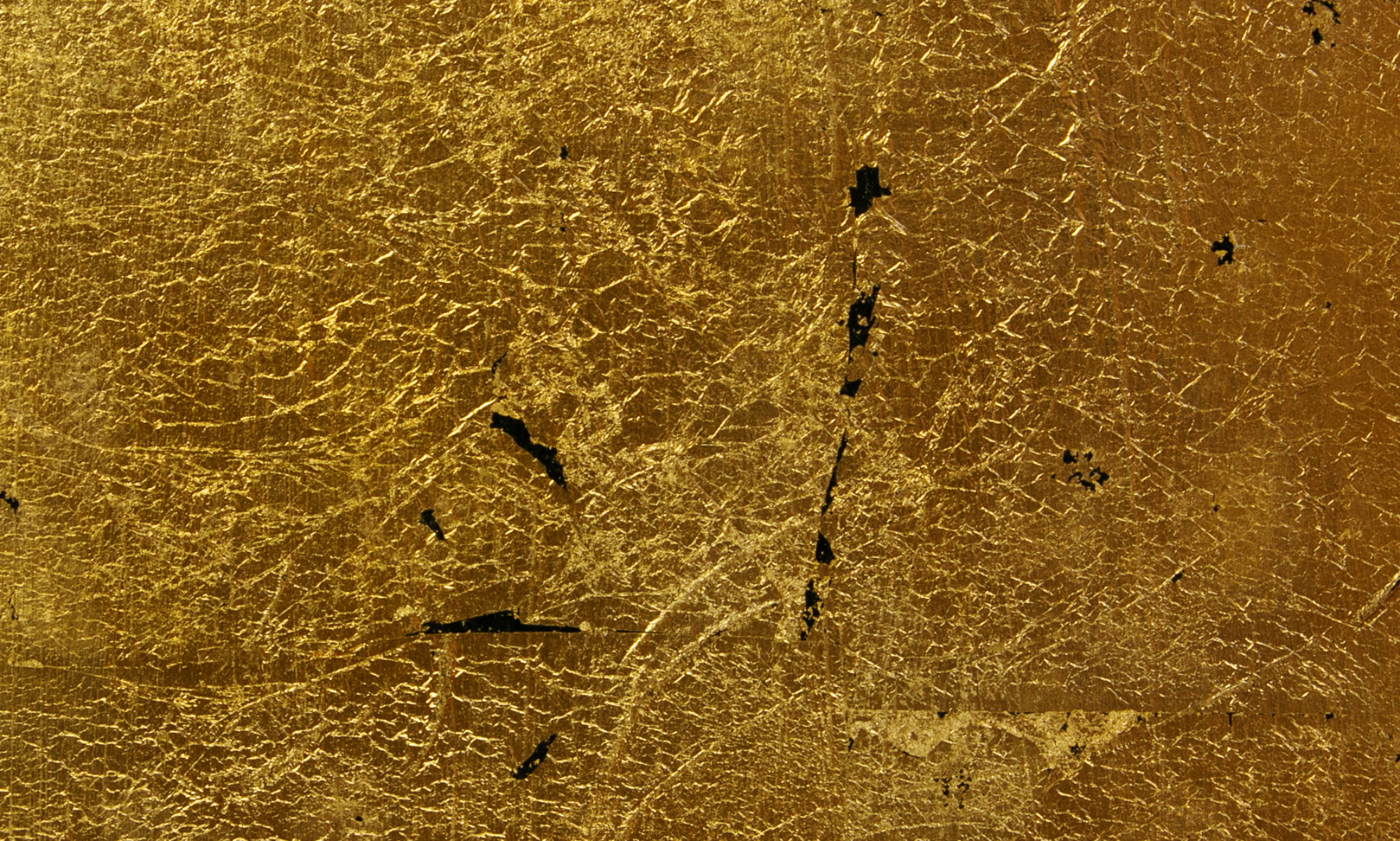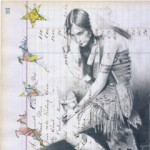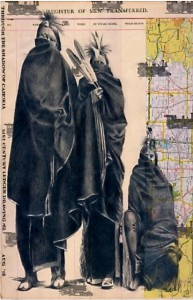The 28th edition of Stockholm International Film Festival starts tomorrow and there is one film in particular I would really like to see. It is a documentary called “Rumble: The Indians Who Rocked the World”. The film explores the contribution of Native Americans to the evolution and history of rock and roll. As is evidenced by the many accounts from Rock and Roll superstars in the film, such as Steve van Zandt, Steven Tyler and Iggy Pop, Native American rock has had a significant influence on many popular musicians. Rarely has this influence been spelled out as specifically Indian, however, or contextualized in a coherent story about Native Americanness. The idea for the film came from Native American Stevie Salas who has himself been a professional musician for decades and played for many for big names. He knew the industry was full of Indians who were really influential but that not many people knew about outside the industry. For four years the filmmakers collected accounts from Native American musicians and other artists who had one way or another been influenced by rock by Native Americans.
Many of the rockers interviewed for the film talk about one track in particular: Link Wray’s Rumble from 1958. The track has a riff that Stevie Van Zandt calls “The Sexiest, toughest chord change in all of Rock and Roll”. In that chord change lay the foundation to the history of Rock and Roll and one can easily trace it through the sound of The Who, Black Sabbath, Stooges among countless others.
To get an idea of the monumental impact of the track you only need to watch as Led Zeppelin guitarist Jimmy Page puts it on and gets so overcome by its power that he cannot refrain from busting out some air riffs along to it.
Rumble has had a pop-cultural impact that stretches beyond the world of music. Film buffs may remember Wray’s tune as an indispensable addition to the mood of Pulp Fiction. The song appears during the famous (well, aren’t pretty much all scenes from Pulp Fiction famous) diner scene during which John Travolta and Uma Thurman have their “uncomfortable silence”. Since the dialogue is here put on hold for a large part the music is what primarily carries the scene.
“Rumble: The Indians Who Rocked The World” is directed by Catherine Bainbridge and Alfonso Maiorana and has earned numerous awards from other film festivals. Tomorrow November 8, it can be seen at Stockholm Film Festival at 7 pm. There are additional screenings on November 12 and 16.



